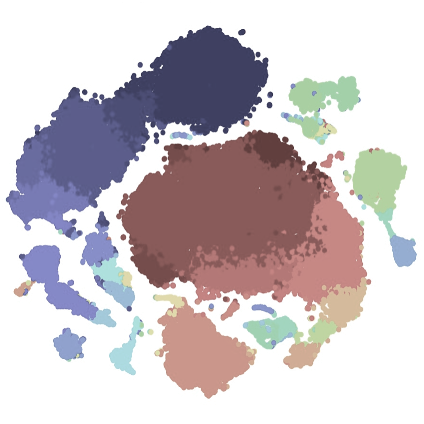Background
Emerging viral diseases are a major threat to global health, affecting millions of people worldwide. This threat has been demonstrated in the emergence of novel coronaviruses, such as the Severe Acute Respiratory Syndrome (SARS) virus and Middle Eastern Respiratory Syndrome (MERS) virus, which cause a respiratory disease with high mortality. Recently, the most wide-scale pandemic in modern times was caused by the novel SARS-like Coronavirus 2 (SARS-CoV-2), with infection leading to a severe form of acute respiratory distress syndrome (ARDS). Similarly, severe and rapidly spreading disease has been seen in infection with flaviviruses, including Zika virus (ZIKV), West Nile Virus (WNV), Japanese Encephalitis virus (JEV), and dengue virus (DENV). In this setting, the immune response is a crucial component of host defence in preventing viral dissemination and invasion of host tissues. However, a key feature of many of these severe viral diseases is immunopathology, where an excessive immune response to the virus, mediated significantly by myeloid cells, causes substantial damage to critical host tissues, such as the lung (SARS, MERS, SARS-CoV-2) or central nervous system (ZIKV, WNV, JEV).
The challenge
In order to rapidly response to, and understand, these complex immunologically-driven disease processes, the application of high-dimensional (HD) single-cell technologies is critical, allowing for the rapid profiling of immune responses in patients. The recent expansion of high-dimensional cytometry, single-cell, and imaging technologies has lead to a significant shift in our approach to analysing immunological data. As the size and complexity of high-dimensional cytometry data continue to expand, comprehensive, scalable, and methodical computational analysis approaches are essential. Yet, contemporary clustering and dimensionality reduction tools alone are insufficient to analyze or reproduce analyses across large numbers of samples, batches, or experiments. Moreover, approaches that allow for the integration of data across batches or experiments are not well incorporated into computational toolkits to allow for streamlined workflows, nor are approaches to analyse time-series data. Finally, single-cell atlas datasets, such as those being generated by the Human Cell Atlas and HubMAP consortiums, would allow for the rapid and automated classification of cell types, and the mapping of these cell types to relevant inflammatory states, greatly enhancing the speed and accuracy of investigations into novel diseases.
Our research
Initiated through a seed grant from the Marie Bashir Institute for Infectious Diseases and Biosecurity, we established the Immune Dynamics team, a multi-disciplinary collaboration between multiple research and technology labs at the University of Sydney; integrating expertise in immunology, infectious disease, single-cell & imaging technologies, computational biology, and data science. Our team works collaboratively to develop novel single-cell and imaging methods, as well as advanced computational, time-series, and spatial analysis approaches, to comprehensively map dynamic immune responses at the single cell level, over time, in various inflammatory and infectious diseases. Through this single-cell systems immunology approach, we seek to elucidate the key mediators of health and disease, and leverage single cell ‘atlas’ datasets generated as part of larger efforts, such as the the Human Cell Atlas project. Our team has a particular interest in the study of emerging infectious diseases, such as COVID-19 (SARS-CoV-2), Zika virus encephalitis, and West Nile virus encephalitis.
We detail our specific areas of research and development on the following pages:
- Analysis and integration of single-cell data
- Time-series analysis
- Spatial analysis of high-dimensional imaging data
- Application to inflammation and infectious disease
More information on the research interests of our individual members can be found on the team page.
